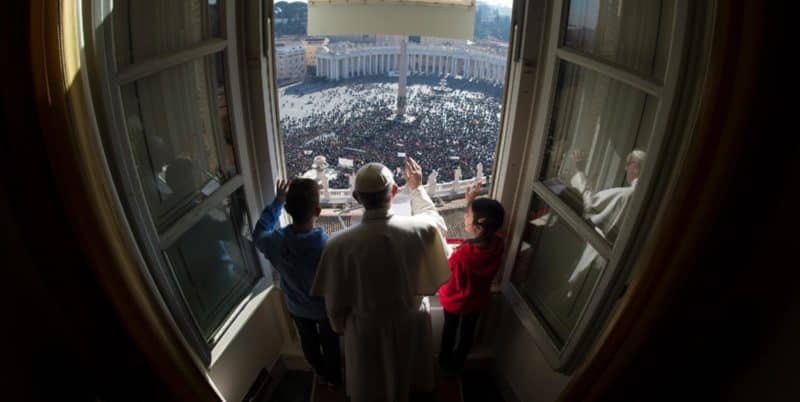(This is the second part of a two-part article.)
Part IV Where to start?
I referred to the increasing gap between the number of our parishes and the number of priests. Simply combining parishes, whether for the sake of having a parish priest in every parish, or out of due concern for future financial resourcing, does not resolve the problem because ultimately everything depends on pastoral effectiveness and enlivening.
An alternative to combining parishes is available where Church law allows for the pastoral care of parishes to be entrusted to lay people, with a priest appointed to provide general supervision (canon 517/2), usually from another parish. We already experience the insufficiency of suitable priests, which is what justifies recourse to this canon. Of course, where this happens, priests are still required for sacramental ministry. It is possible that some priests might even prefer that kind of role, leaving management of the parish to a team of qualified lay women and men. Lay leadership of parishes requires proper formation – of parish and leaders – and proper remuneration.
Yet another starting point for renewal can be found in the experience of small base communities pioneered by the Church in some countries in South America and Asia. Of course, we cannot simply transfer other local churches’ experience to our situation. But we, too, can establish smaller communities within parishes, where leadership can be shared by teams and on a voluntary basis.
Such gatherings would be lay-led, and need no official authorisation. They can happen already, and develop in home-spun ways.
The Christian Base Communities in South American countries grew out of lay people coming together to pray and reflect on the Scriptures and on their life situations, using the Catholic Action principle: “see, judge, act”. Their aim was a more just society and more truly human life for everyone – “the route the Church must take”. If this were happening in our own country, we could ask the kind of questions they asked: what are the causes of poverty in our country, and what can we do about those causes? Indeed, this is an appropriate level at which to analyse whatever flaws in our culture leave us less able to deal with the epic issues of our time – those that degrade human life, human dignity, human rights, and the planet itself.
Addressing those issues – through the lenses of divine revelation – is itself a way of participating in the mission of the Church. It is a good place to start because it is already do-able; it can be inclusive of those who feel unable to participate in other aspects of the Church’s life; it does not need clerical leadership or control, but makes room for ordained priesthood to present itself as a supporting ministry; it can model shared leadership, and lead to whatever forms of ministry might need to come next.
It is also a way of being Church that is “synodal”, (being “on the road together”). The larger gatherings that we call “synods” presuppose the experience of walking and working together before we are ready for the decisions we gather to make at synods. It also gives scope and opportunity for the participation of many who will not be at the synods.
Part V What More?
Pope Francis has rightly said: “The Church’s customs, ways of doing things, times and schedules, language and structures all need to be channelled for what best serves the Church’s mission of evangelising the world”; (Pope Francis, The Joy of the Gospel, 27).
To act on that would make big differences. Yet, even these changes are “small change” compared with where the Church has already been, and can yet go. Bigger changes rightly need wider consultation. And synodality is pointless if it isn’t about the road ahead and exploring what might yet be.
Ministry that is authorised to speak and act in Christ’s name has its origin in Christ’s historical intentions. But its structure and concrete forms were determined by the Church during the apostolic period and after, continuing until late in the second century. What the Church gave shape to after the apostolic period, it can give different shape to now. Being faithful to the Tradition involves more than just receiving what the early Church did; it involves doing what the early Church did: it shaped its ministries to meet the needs of its mission.
So long as the fullness of ordained responsibility remains intact – as in the college of bishops with and under the bishop of Rome – lesser participations in ordained ministry can be redistributed. The “powers” presently distributed within the three ministries of bishop, presbyter and deacon would live on, but enshrined within a wider variety of ordained ministries. This would open up significant new pastoral opportunities, and incorporate a wider range of charisms into ordained ministry.
Whatever about that, 50 years ago, the International Theological Commission said “It is urgent to create much more diversified structures of the Church’s pastoral action as regards both its ministries and its members, if the Church is to be faithful to its missionary and apostolic vocation.” (The Priestly Ministry, pp 99,100).
- Bishop Peter Cullinane is Bishop Emeritus of Palmerston North

[…] MdND on 2021-11-14 Share on Social […]